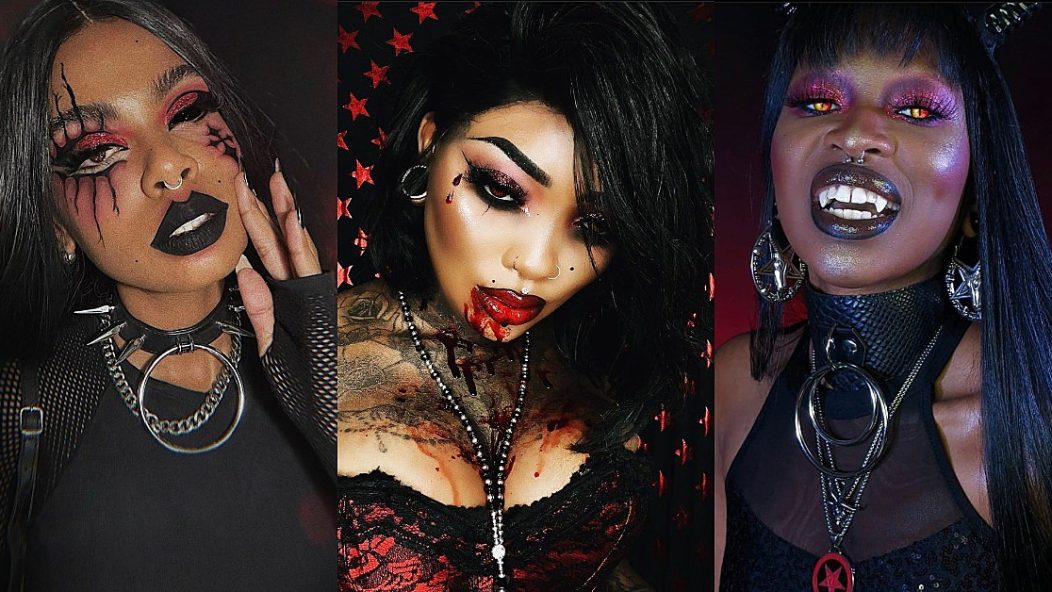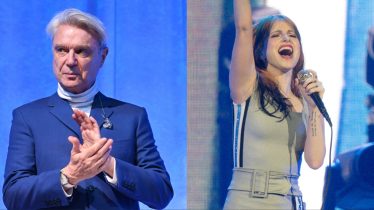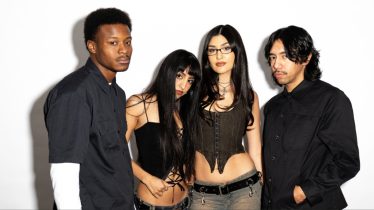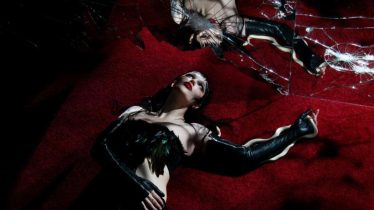
Glam Goth Beauty is transforming alternative beauty standards—here’s how
The landscape of alternative beauty is vastly and rapidly changing. With the rise of #AltTikTok catapulting the umbrella of alternative culture, music and fashion into the mainstream eye, now even the Kardashians can be seen sporting an edgier, “punk”-inspired look.
This popularity is mostly a cause for celebration, opening the floodgates to a whole new generation, and making alternative items more accessible and affordable than ever. In conjunction with heightened awareness of the Black Lives Matter movement in 2020, however, the widespread acclaim of alternative beauty is now unearthing a grim underbelly of racist beauty ideals.
Read more: RATSTAR believes shopping vintage is the best way to avoid fast fashion
Less than five years ago, it was almost impossible to search for “emo,” “gothic” or “punk” photos without scrolling through a sea of white, Eurocentric faces. Despite Black culture being the backbone of alternative music, and various Asian cultures influencing much of the spirituality and aesthetics in alternative culture and beauty, people of color have been erased from its online history. Take the “emo” look, for example — something that was curated via MySpace. In the early 2000s, many overarching beauty ideals celebrated skinny figures, lighter skin, straighter hair and smaller noses — all features of whiteness. This inevitably seeped into emo and made it impossible for anybody who had textured hair or darker skin to achieve the poker-straight hair and “corpse” look.
One woman on the frontline of changing this, armed only with her red lipsticks, is Glam Goth Beauty CEO Marley. As it stands, Marley’s company is one of the few alternative, Black-owned makeup brands making a success of itself while catering to every skin type, undertone and skin texture. Alternative Press sat down with Marley to discuss the triumphs of her brand and understand how she navigated life as a Black woman in alternative beauty for over a decade.
Let’s go back to the start of Glam Goth Beauty. What was your first experience with alternative beauty?
The first time I watched Amy Winehouse’s music video for “Back To Black.” She’s alternative; she’s more kind of pin-up. Seeing her eyeliner, and how she had so much character… I remember taking eyeliner, smudging it and going to school with people being like, “What are you doing?” I got made fun of, but I felt so powerful.
You came from working with Mac to being the CEO of your own makeup empire. When did you decide you wanted to start your own makeup brand?
There was a specific instance when I had a photo shoot, and [they] wanted a glitter look. I brought my glitters and thought, “I don’t like any of these. I’m going to make my own.” That was my first color, Frankenstein. I put it on Snapchat, and people were saying, “I want to buy this!” I was just like, “Whatever, I’m not entertaining this!” [Laughs.] Then I realized that I could really do this. I just started making colors; I would give them stories. Like naming Nightmares: It’s all a self-expression because I used to have really bad nightmares. If I don’t put a story in it, then it doesn’t matter.
You mentioned how alternative beauty empowered you. That’s what it’s all about, and why alternative beauty resonates with so many people.
I think people think that we wear makeup as a camouflage, but it’s more like an armor. It’s an expression — it becomes a part of you. When you do your smoky eye every day, it becomes a part of you. Growing up, it’s so important to have that sense of power because when you’re young, you feel so small. Then when you’re different, you feel even smaller. When you’re Black or POC or when you don’t really know your gender or your sexuality, you feel even smaller. Red lipstick is such a minimal thing to somebody, but when I put it on, I feel indestructible.
You made an interesting point about POC and gender minorities in alternative beauty and how they feel even smaller. When we speak about racism in alt beauty, this isn’t anything new. This has been going on in alt beauty forever, where white beauty standards have seeped into alternative beauty. Why do you think it’s changing now?
It’s a number of things. It definitely starts with the platform. More people are on the internet than in the whole existence of whatever. We’re representing ourselves. It wasn’t until recently where nobody knew who you were, unless you were discovered. But now we can literally, on YouTube, create our own TV show.
Because of their privilege, white people might not even realize this is a thing in alternative beauty — they constantly see themselves represented. How do you think ideas like this manifest themselves into our community?
Definitely representation. It all comes down to the media. We go out locally, we see other Black alternative people. But for some reason, we’re not in movies. We’re not in TV shows. We’re not in ads. We’re not in campaigns.
Many argue that representation plays a huge part. Trends in alternative beauty are now less hinged on having a certain face shape, eye shape or hair type all traced to whiteness and European beauty, thanks to #AltTikTok.
We’re ending this stigma surrounded by whiteness. We’re changing the standard of what it is to be alternative because, in reality, there never was a standard. We are mainstream now, which is so cool. But [representation] is going to take us even further. I want to see us on TV, not being thugs; I want to see powerful, beautiful, POC alternative people, nonbinary people living normal, beautiful lives.
How are you ensuring that your products are accessible for everyone? Was it easy to look at other brands and see what they weren’t offering?
Yes, that’s where I had an upper hand as a makeup artist — it almost makes me emotional. People would come [to makeup counters I worked at and] be like, “I really want to try red lipstick, but it’s not going to look good on my skin tone.” To hear a young Black person say that is honestly heartbreaking. And for me, who has a budget of nothing compared to millionaire companies, it’s just careless. You can see when it comes to swatches; it’s Photoshopped. I think about putting that time and effort into making sure that everyone can wear it, or at least a good amount of people. You may not be able to cater to everyone, but you can try, for sure.







